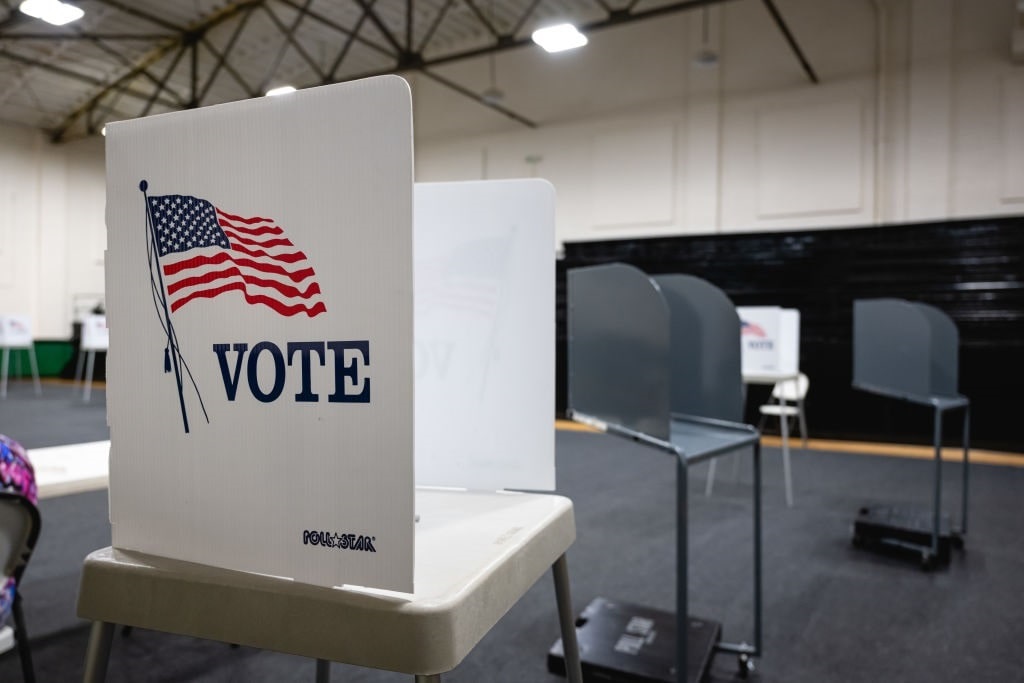The real threat to losing our democracy is skipping out on your right to vote.
The Republican presidential primary and caucus season kicks off in earnest for 2024 in Iowa. And while some may believe there’s just one way of determining delegates on the road to a presidential election, each event has marked differences. From electorates’ mood to ballot privacy, changing a voter’s first choice, or the convenience of a 12-hour window on primary day, it’s still the result that matters, not necessarily the recipe.
Most importantly, the caucus process is run by the two dominant political parties – whereas primaries are controlled by state governments.
The Iowa Caucus

(Photo by Jon Cherry/Getty Images)
It’s already go time in Iowa: Battling frigid temperatures, the party faithful will trek to local meeting spots in each county, hear a pitch from each campaign, and then cast their votes. Forty convention delegates are on the line. It sounds a bit like a primary, but there are no lines to the ballot box. Instead, all the votes take place at the same time.
“The main difference between a caucus and a primary election is what happens on caucus day,” explains Tim Hagle, associate professor of political science at the University of Iowa College of Liberal Arts and Sciences. Hagle is the guy every journalist who wants to get it right consults. “Unlike a primary, where you have different options of how to cast your vote, the caucus meetings start at the same time at each location, traditionally 7 p.m.”
Doors close, chatter subsides, and candidates will each have a campaign spokesperson speak the high points for three minutes in every official caucus location. Participants will be given a blank slip of paper, and at the end of the night, those old-school ballots will be counted and electronically sent to the state.
A rule change in 2024: There will no longer be cruising in the caucus room to form candidate preference groups with friends and neighbors. That voting method endured from 1972 to 2020 but is no longer part of the party choice.
Iowa, North Dakota, Wyoming, and Nevada hold a presidential caucus.
Primary Day
The remaining 46 states schedule a primary day sometime between six and nine months before a presidential election. Although each state has its own rules and regulations, voters will have a 12-hour window to cast their secret ballot. As with the caucus, the state is notified with official ballot tallies when it’s over. Every state and political party has different methods of assigning those awarded delegates.
To complicate the primary process further, states set the rules for what kinds of primaries they conduct:
- An open primary is voter heaven: Registration with a political party is not required to take part.
- A closed primary allows only voters registered with that party to cast a vote.
- ‘Semi-open’ and ‘semi-closed’ primaries are variations of the two main types.
When It’s All Said and Done
Whether your state holds a primary or a caucus, the only thing that matters is whether Americans are participating in the greatest experiment ever begun. There’s a lot of smack talk about the loss of our democracy – but the only way to preserve it, no matter your personal or political ideology, is to get to the polls and vote.

